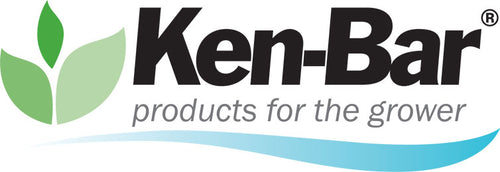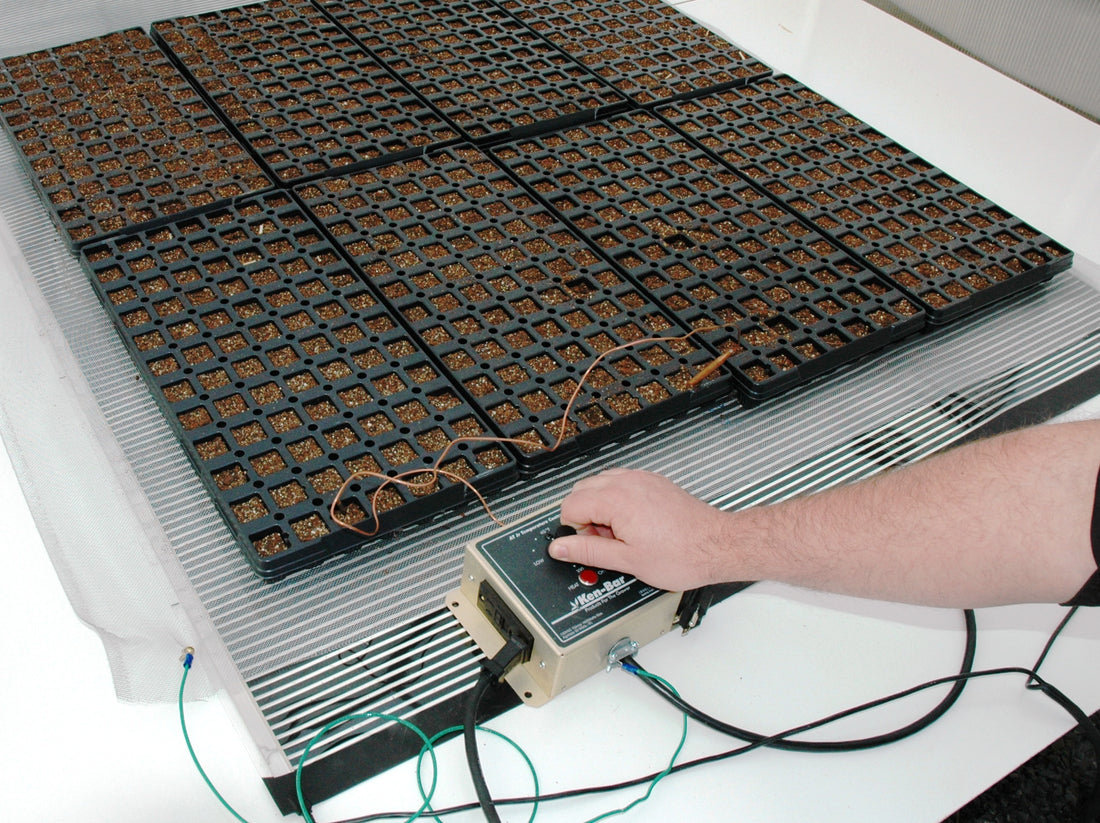If you're looking to start a garden or grow some new plants, one of the most important things you'll need to do is germinate seeds. This process involves coaxing the seeds to sprout and begin growing roots, which can then be transplanted into soil. One key technique for successful seed germination is the use of bottom heat. In this blog post, we'll explore the benefits of bottom heat in germinating seeds.
What is Bottom Heat?
Bottom heat refers to the application of warmth to the base of seed trays or pots, rather than from the top or sides. Typically, this is done using a heated mat or pad, but it can also be achieved by placing trays on top of a warm appliance such as a refrigerator or oven. Bottom heat is often used in conjunction with other seed germination techniques, such as providing consistent moisture and adequate lighting.
Benefits of Bottom Heat for Germinating Seeds
Faster Germination
One of the most significant benefits of bottom heat is that it can speed up the germination process. This is because warmth promotes faster cell division and metabolism, leading to quicker root development and ultimately faster germination. Seeds will also be less likely to rot or suffer from fungal infections, as excess moisture can evaporate more easily in warmer temperatures.More Uniform Germination
Another advantage of bottom heat is that it can result in more even and uniform germination. Without bottom heat, seeds on the edges of trays or pots may not receive as much warmth and may germinate at a slower rate than those in the center. With bottom heat, however, the entire seed tray is heated, ensuring that each seed receives an equal amount of warmth and light.Stronger Seedlings
Seeds that germinate in warmer temperatures tend to develop stronger, more robust root systems, which can lead to healthier seedlings. This is because heat helps to stimulate the production of growth hormones, which can encourage root growth and overall plant vigor. Stronger roots can also help plants better withstand environmental stressors like drought or high winds.More Control
Using bottom heat to germinate seeds allows for greater control over the germination process. Unlike outdoor conditions, which can be unpredictable and variable, bottom heat allows you to maintain a consistent and ideal temperature for germination. This can help you better plan and schedule your planting, as you can ensure that your seedlings will be ready to transplant into the garden when the weather is ideal.Using bottom heat can be an effective and efficient way to germinate seeds. By providing consistent warmth to your seed trays, you can speed up germination, promote more uniform growth, and ultimately produce stronger, healthier seedlings. If you're looking to start a new garden or grow some plants indoors, consider using bottom heat to give your seeds the best chance for success.

